Burn Calories While Racking Up Karma Points
Not in the mood for the stationary bike? Volunteering can help you lose weight and make a difference (how's that for motivation?).
By Corrie Pikul
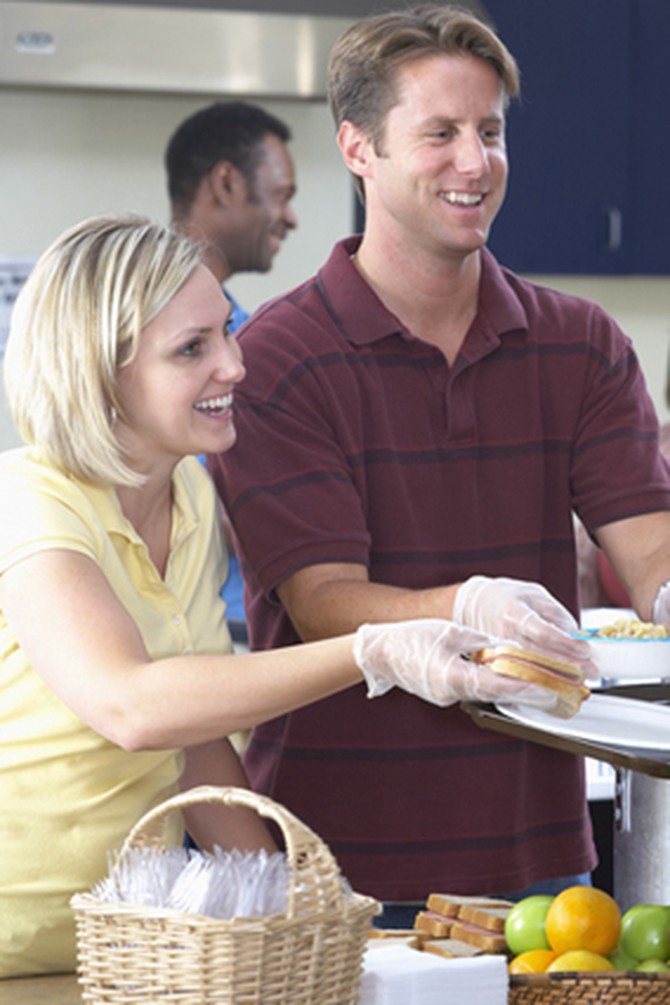
Photo: Thinkstock
Volunteering can be a decent weight-loss alternative to going to the gym, and recent research has found that 68 percent of volunteers said they felt physically healthy after donating their time, while 98 percent—that's just about everyone—claimed it made them feel happy and joyful, says Stephen G. Post, professor of preventive medicine at Stony Brook University and author of The Hidden Gifts of Helping. Here's the breakdown on how doing good can make you feel and look great.
Nearly 49 million people in this country go hungry, says the nonprofit organization Feeding America. That's 1 in 6 of the U.S. population—including more than 1 in 5 children. Check the Feeding America web site for food banks in your area, or search online for your city name plus "soup kitchen."
Calories burned: 537 for a three-hour shift of serving food and setting tables (more if you're lifting boxes or cans).
Muscles worked: Forearms (carrying dishes); legs (walking around tables).
Karmic bonus: The more people who get something to eat, the merrier everyone feels.
Serve a Hot Meal to Someone Who Needs It
Nearly 49 million people in this country go hungry, says the nonprofit organization Feeding America. That's 1 in 6 of the U.S. population—including more than 1 in 5 children. Check the Feeding America web site for food banks in your area, or search online for your city name plus "soup kitchen."
Calories burned: 537 for a three-hour shift of serving food and setting tables (more if you're lifting boxes or cans).
Muscles worked: Forearms (carrying dishes); legs (walking around tables).
Karmic bonus: The more people who get something to eat, the merrier everyone feels.
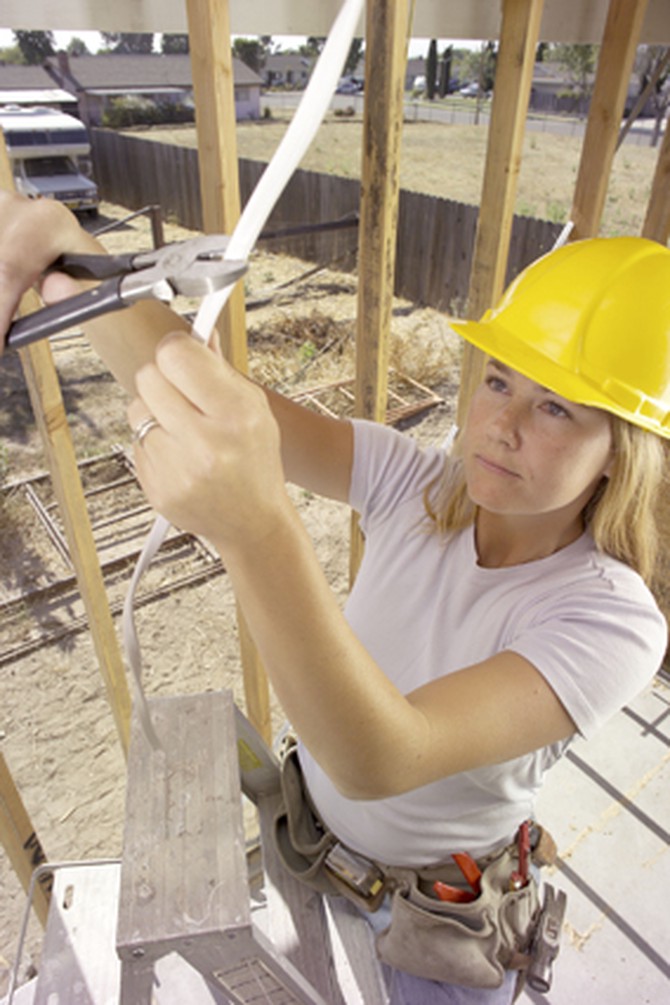
Photo: Thinkstock
Put (or Fix) a Roof over Someone's Head
Since 1976, volunteers with Habitat for Humanity have been helping to build homes for disadvantaged families in the U.S. and around the world. Overwhelmed by the idea of starting from the ground up? A few years ago, Habitat launched a smaller-scale revitalization program called A Brush with Kindness, which involves painting and fixing up existing homes that have fallen into disrepair, often because low-income homeowners have been hit by a hurricane, tornado, job loss or medical emergency.
Calories burned: A whopping 1,720 for a full day of carpentry, installing rain gutters or building fences. 1,432 for a day of painting and weather-stripping.
Muscles worked: Shoulders (be sure to switch arms while painting); back and quads (carrying bags, bricks and wooden beams); heart (walking around the site). Make sure you can squat easily, lift a brick in both hands and carry them for two laps around your house.
Karmic bonus: A shelter becomes a home.
Calories burned: A whopping 1,720 for a full day of carpentry, installing rain gutters or building fences. 1,432 for a day of painting and weather-stripping.
Muscles worked: Shoulders (be sure to switch arms while painting); back and quads (carrying bags, bricks and wooden beams); heart (walking around the site). Make sure you can squat easily, lift a brick in both hands and carry them for two laps around your house.
Karmic bonus: A shelter becomes a home.

Photo: Thinkstock
Assist the Elderly
Grocery shopping can be a logistical nightmare for the elderly: For those who live in cities that were originally designed to accommodate fit, mobile pedestrians, it's a pain to schlep bags down the street and on and off buses. Older folks in suburban or rural areas usually can't walk to the nearest grocery store, which is even harder for the ones who've had to give up their license. This is why seniors often resort to high-sodium processed foods from the nearest convenience store. Many cities have volunteer programs where you can shop for someone less spry while picking up your own groceries; check VolunteerMatch.com to find one in your area.
Calories burned: 210 for an hour of shopping and 15 minutes of putting groceries away (you'll burn 89 more calories if you carry the bags upstairs).
Muscles worked: Quads, calves, biceps, shoulders (lifting, carrying, reaching up to shelves and cabinets, walking and climbing stairs). To maximize the burn, take multiple trips from the car or up the stairs, carrying lighter bags but moving at a faster speed.
Karmic bonus: Someone's world feels a little cozier.
Calories burned: 210 for an hour of shopping and 15 minutes of putting groceries away (you'll burn 89 more calories if you carry the bags upstairs).
Muscles worked: Quads, calves, biceps, shoulders (lifting, carrying, reaching up to shelves and cabinets, walking and climbing stairs). To maximize the burn, take multiple trips from the car or up the stairs, carrying lighter bags but moving at a faster speed.
Karmic bonus: Someone's world feels a little cozier.
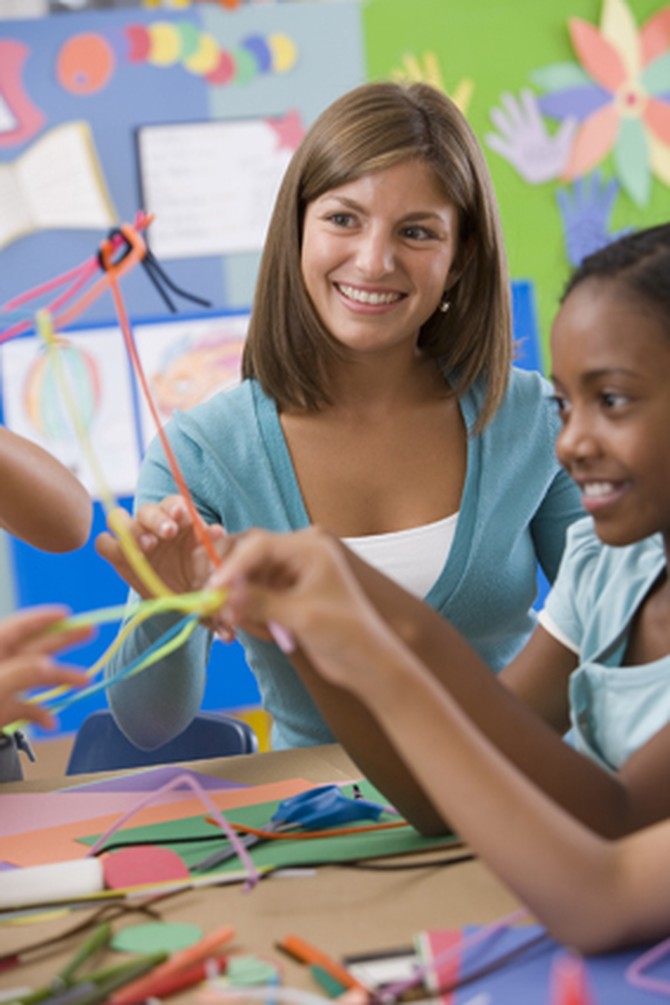
Photo: Thinkstock
Teach Kids About Tolerance
Making art with kids is one way to get them thinking about harmony on the playground as well as peace in the world. Don't worry if you never earned your own Banner-Making Badge—noncrafty types can borrow ideas from an online YouTube tutorial or a 3D lesson to teach kids how to fold origami paper cranes (remember International Day of Peace on September 21) or make a peace calendar using this lesson from the web site TeachPeaceNow.org.
Calories burned: 107 for one hour of light arts and crafts. Standing while crafting burns more energy, and some believe that it helps get the creative juices flowing.
Muscles worked: Fingers, forearms—and your brain.
Karmic bonus: The kids learn how to tap into their inner Yoko Ono.
Calories burned: 107 for one hour of light arts and crafts. Standing while crafting burns more energy, and some believe that it helps get the creative juices flowing.
Muscles worked: Fingers, forearms—and your brain.
Karmic bonus: The kids learn how to tap into their inner Yoko Ono.
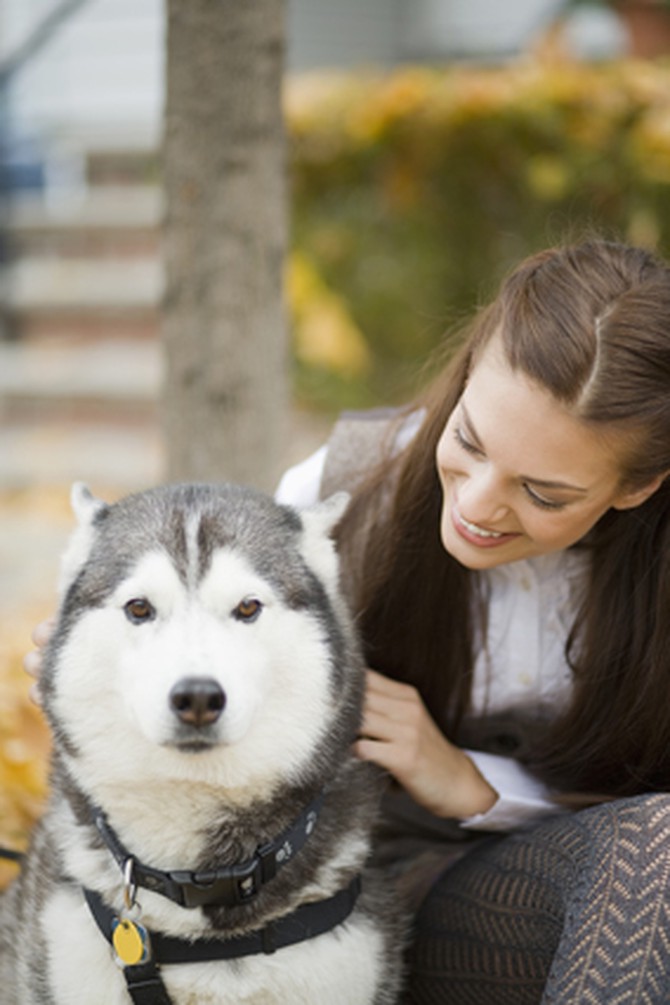
Photo: Thinkstock
Foster an Abandoned Pet
Many cats and dogs become suddenly homeless when their owner moves or passes away, or when someone in the family develops allergies. Even if you can't permanently welcome animals into your home, you can help facilitate a happy ending to their story by boarding them until the right adoptive parent comes along. Nearly every animal-rescue group and shelter depends on foster volunteers because the staff just doesn't have as much time as they'd like to pet, play with and hang out with the cats and dogs; go to Petfinder.com to find an organization near you.
Calories burned: 143 for a half-hour of playing and walking with animals, 30 for feeding them for 10 minutes.
Muscles worked: Biceps, shoulders (hurling sticks and balls); wrists (holding a taut leash); legs (keeping up with a pup); quads (squatting for kisses).
Karmic bonus: A puppy gets a fairy godmother.
Calories burned: 143 for a half-hour of playing and walking with animals, 30 for feeding them for 10 minutes.
Muscles worked: Biceps, shoulders (hurling sticks and balls); wrists (holding a taut leash); legs (keeping up with a pup); quads (squatting for kisses).
Karmic bonus: A puppy gets a fairy godmother.

Photo: Thinkstock
Spruce Up Your Neighborhood
Gardening can be a terrific workout, so take your clippers beyond the hedges of your own property. Keep in mind that while potential volunteers are often inspired when they notice the tulips blooming in spring, most forget to come back in the fall when extra hands are needed to plant, rake and help with ground prep. Outdoor lovers can also volunteer year-round to clean up and weed local parks or historical sites like cemeteries. Start by contacting your city's parks department, horticultural society or historical preservation organization.
Calories burned: 572 for two hours of general gardening; 716 for the same amount of time of strenuous work like digging, spading, spreading mulch or composting.
Muscles worked: Legs, arms, shoulders and abs (lifting bags of mulch and pushing wheelbarrows are similar to weight training); back and core (reaching to prune tall branches).
Karmic bonus: A greener environment.
Calories burned: 572 for two hours of general gardening; 716 for the same amount of time of strenuous work like digging, spading, spreading mulch or composting.
Muscles worked: Legs, arms, shoulders and abs (lifting bags of mulch and pushing wheelbarrows are similar to weight training); back and core (reaching to prune tall branches).
Karmic bonus: A greener environment.
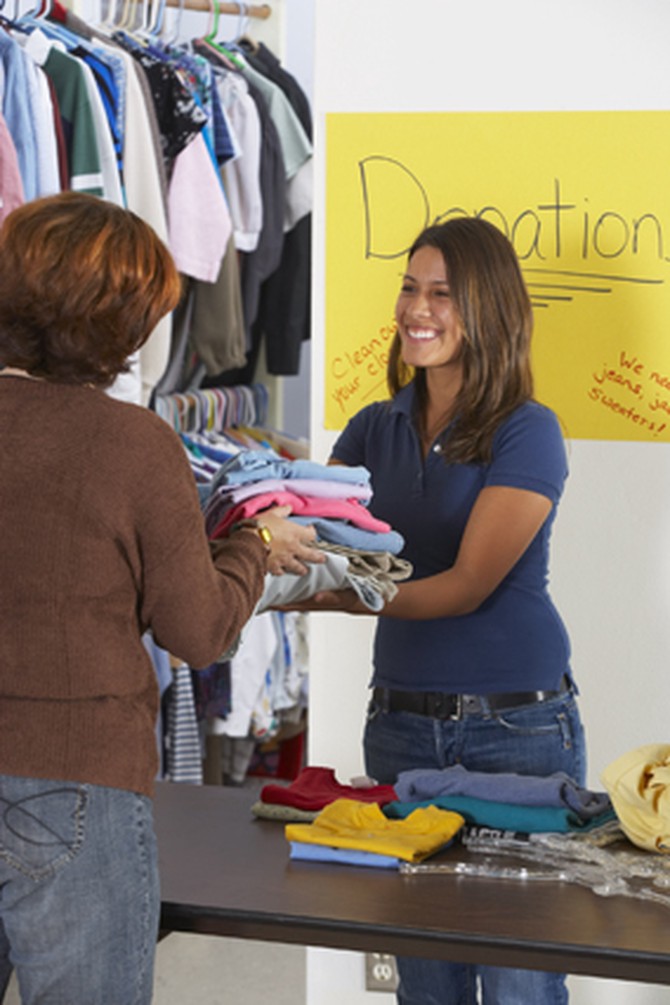
Photo: Thinkstock
Share Your Clothing Wealth
Some people have more outfits than they can wear in a year; others don't have a clean change of clothes for tomorrow. You can help those in need by organizing a clothing drive with others also looking to pare down. Contact nearby agencies like the local branch of the National Coalition for the Homeless, your preferred faith-based group or a Salvation Army or Goodwill to ask about specific needs. Then invite friends and coworkers to donate their clean, gently used clothes, and to help you organize, pack and deliver them to the agency (or ask if they'll pick them up).
Calories burned: 251 for an hour of packing boxes, folding and stacking clothes.
Muscles worked: Legs (you'll be standing all day); arms, shoulders and back (hefting trash bags of cast-offs).
Karmic bonus: Your and your friends' stuff gets a second life.
Calories burned: 251 for an hour of packing boxes, folding and stacking clothes.
Muscles worked: Legs (you'll be standing all day); arms, shoulders and back (hefting trash bags of cast-offs).
Karmic bonus: Your and your friends' stuff gets a second life.
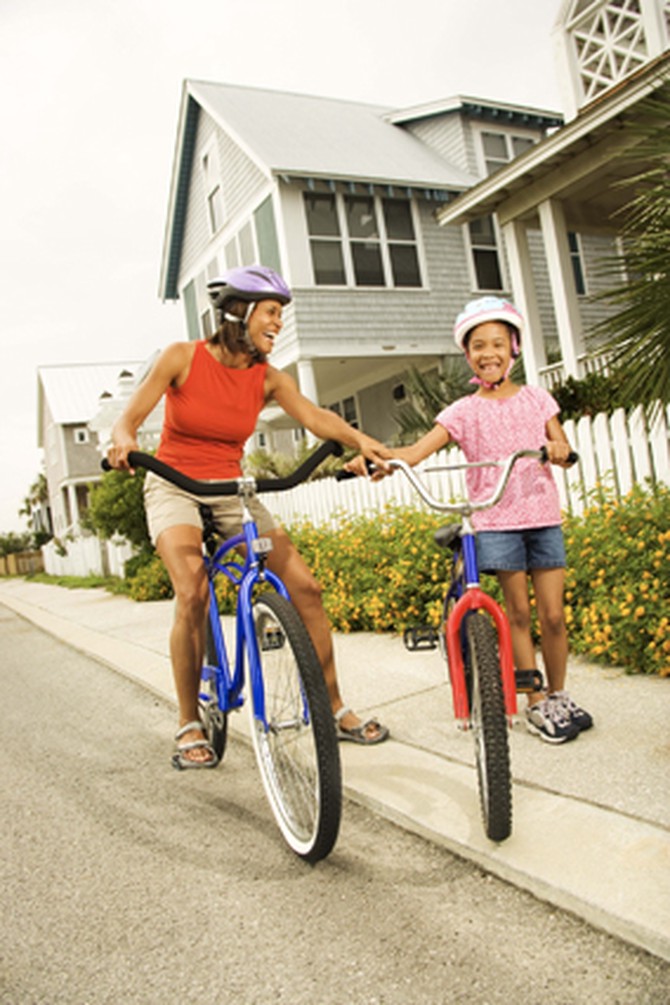
Photo: Thinkstock
Help a Young Girl Find Her Passion
You've no doubt developed a few insights over years, so share them with someone who's willing to listen. Research cited by the Big Brothers Big Sisters organization shows that a young person who is matched with a mentor for one year or longer is more likely to graduate high school, attend college and to show more respect to adults. Reach out to Big Brothers Big Sisters or check to see if your employer or alma mater has a mentoring program.
Calories burned: 200 for an hour of standing or playing with kids. To make your meet-ups more varied, consider combining activities: make kites and then fly them outside; walk to the ballpark instead of driving; prepare a healthy feast using fresh veggies and fruit.
Muscles worked: Sky's the limit.
Karmic bonus: Your mentee gets a fresh, unbiased take and encouragement on her academic interests and career aspirations.
Next: The busy person's guide to volunteering
Calories burned: 200 for an hour of standing or playing with kids. To make your meet-ups more varied, consider combining activities: make kites and then fly them outside; walk to the ballpark instead of driving; prepare a healthy feast using fresh veggies and fruit.
Muscles worked: Sky's the limit.
Karmic bonus: Your mentee gets a fresh, unbiased take and encouragement on her academic interests and career aspirations.
Next: The busy person's guide to volunteering
Published 05/07/2012

